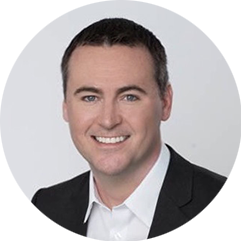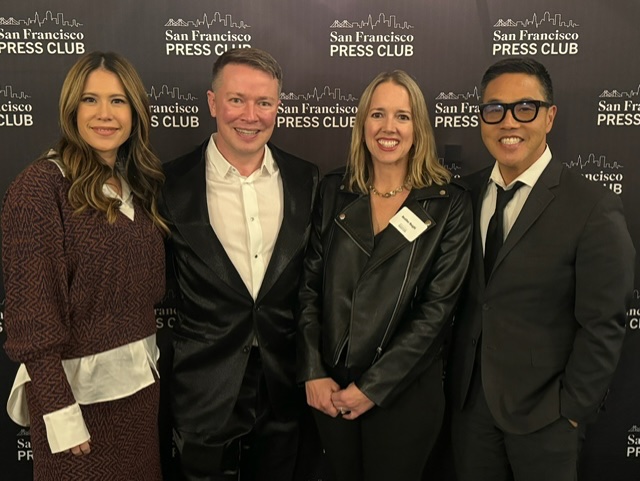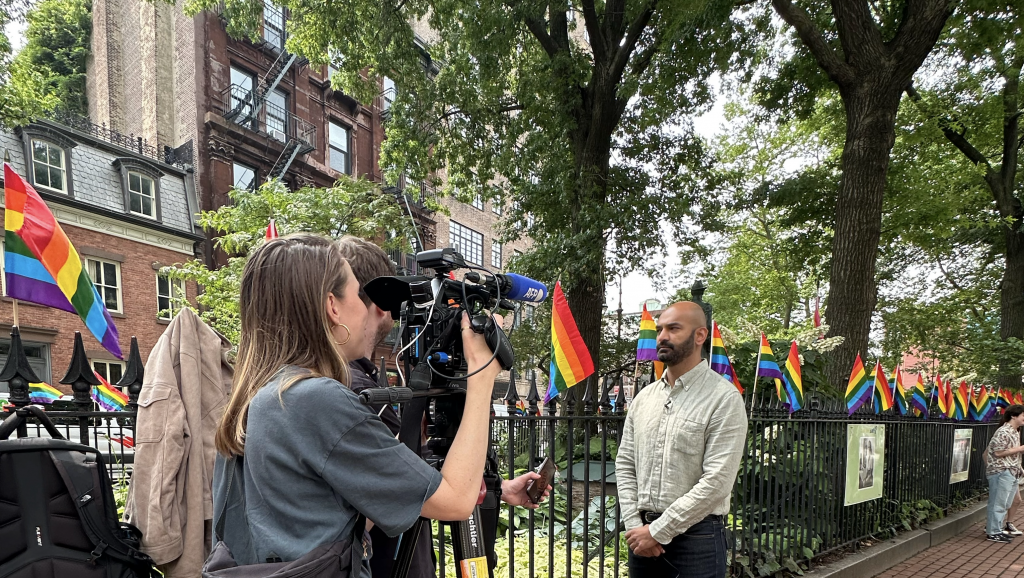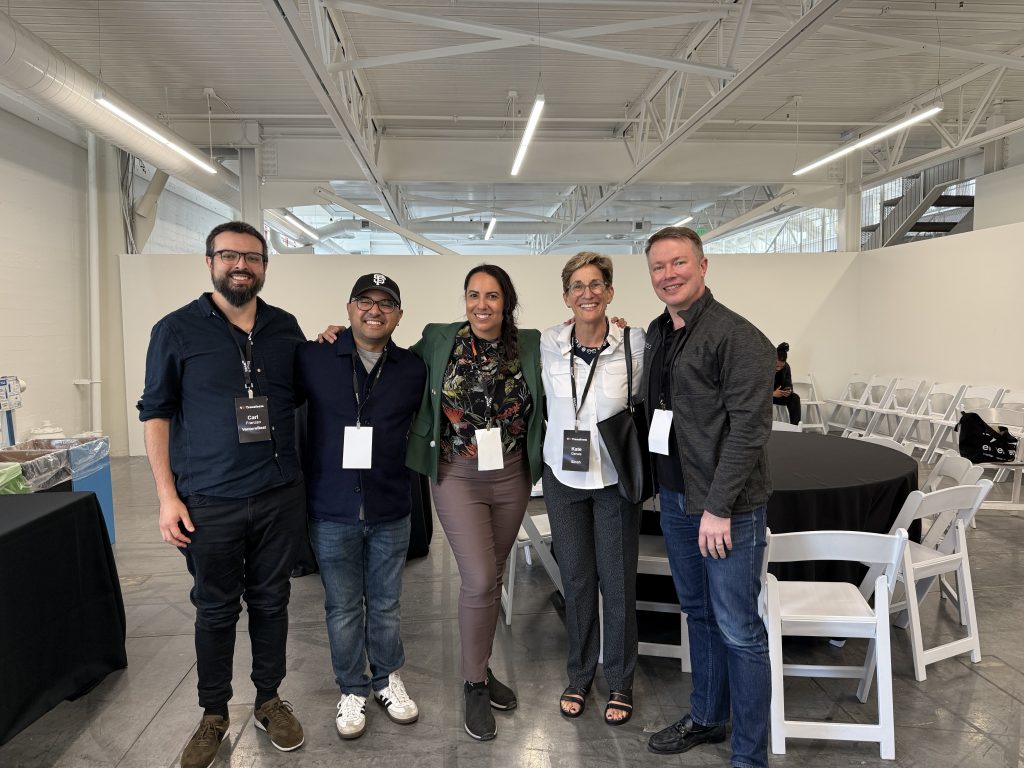 “I am not feeling the love!” is a common exclamation in public relations (PR).
“I am not feeling the love!” is a common exclamation in public relations (PR).
This utterance is bidirectional. CEOs say it to PR advisors when they don’t get the favorable coverage anticipated for their companies and/or themselves as the result of a PR initiative. PR professionals tend to mutter it to themselves when their contributions demonstrably increase awareness or their adroit crisis management efforts avert a brand perception disaster yet go unrecognized.
The saying “where one stands depends on where one sat” helps explain the perception gap between the value delivered by PR versus the value perceived by CEOs. Whether we like it or not, perception tends to trump reality. To quote the movie Cool Hand Luke, “What we have here is a failure to communicate.” How ironic this is, given that the purpose of public relations is to create and convey impactful communications.
At Bospar, experience has taught us how to best interact with CEOs and other C-levels to bridge the expectations versus reality gap. It entails upfront discussions of misconceptions that executives may have about PR. This includes reaching an understanding about roles and responsibilities, capabilities (human and technical), deliverables and metrics for determining success. It may sound cliché, but great things do happen when everyone is singing from the same hymnbook from start to finish.
Clearing up the misconceptions
In no particular order — and while recognizing that this is a bidirectional communications challenge where the parties need to listen and then act on agreed-upon roles and responsibilities — below are few select “perception versus reality” misconceptions Bospar has encountered. These examples should enable PR agencies and CEOs to avoid destructive misunderstandings. In fact, they should facilitate a win/win relationship in good times as well as when business problems arise.
Perception: “We don’t have a budget for PR but want to grow our awareness.”
Reality: The old saying “You have to spend money to make money” applies. Just putting a press release on the internet (regardless of channel) without a media optimization plan and expecting great things to happen is fantasy. The press may glamorize things that go viral, but the overwhelming majority of videos, blogs, RSS feeds, tweets and other social interactions that get traction are not actions of happenstance. They are the byproduct of intensive planning and timely, compelling execution.
Perception:“Why are our competitors always mentioned in articles and we are not?”
Reality: In two words: RELATIONSHIP MANAGEMENT.Competitors are mentioned because — thanks to CEO appreciation of PR’s gateway/gatekeeper role in managing the relationships with industry influencers of all types — they know how to have the right person say the right things to the right people at the right time. This includes knowing when and how to interact, since influencers don’t like being hit-and-run victims.
Perception:“If we could only get on the front page of The Wall Street Journal…”
Reality: That is the ultimate prime business media real estate reserved for developments with enormous importance and impact. A nice aspirational goal is to have something of substance that this newspaper wants to put on its front page.
Perception: “Everything we do is newsworthy and deserves media attention.”
Reality: No, sorry! Plus, too many media blasts are akin to the boy who cried wolf too often. When something truly newsworthy happens, there is still the strong possibility of being ignored. It is also why relationship management matters.
Perception:“Our solution is the most disruptive!”
Reality: Declaratory statements without facts and objective, third-party validation are the bane of journalists’ existence. Claims including “most” or “first” can be a very risky business, like to do more harm than good.
Perception:“I am the CEO. I don’t need to prepare for an interview.”
Reality: Total arrogance and ignorance of what happens in the media meat grinder leads to a predictable result.Everyone needs to prepare for an interview. Period.Preparation should include interview role-playing and a messaging review.
Perception:“We have approval rights to a story before it goes live.”
Reality:Only if this is negotiated. Truthfully, the most influential journalists are the least likely to agree to this. And insisting on an advance review will damage the relationship with the journalist.
Perception:“Lots of reporters showed up for Apple’s product launch. So, let’s throw our own launch party and invite them. Why don’t we have a press conference?”
Reality:When your market share or thought leadership is clearly recognized, party or press conference attendance by the media is mandatory. Press events sponsored by the other 99 percent of companies fail.
One last reality check
There is a distinct difference CEOs must fully comprehend between “PR, the messaging deliverable” and “PR, the multi-faceted, mission-critical brand stewardship functionality” whose caretakers need to have a seat at the table and who deserve respect for their roles as advisors.
Yes, PR is responsible for producing “stuff.” But PR is so much more. If there is an absence of CEO appreciation for PR’s critical and varied role, PR is probably not merely underused; it’s likely being misused.
But misconceptions no longer exist when clients see PR as:
- the gateway/gatekeeper (relationship managers) of media access to the company
- the experts on proper training and execution of executive interactions with media of all types
- the front line for evaluating “market buzz” from the press, industry analysts, social media, and various stakeholders
CEOs and PR pros alike need to feel the love. Mutual respect and a clear understanding of what PR can and cannot do are the keys to successful partnerships.




